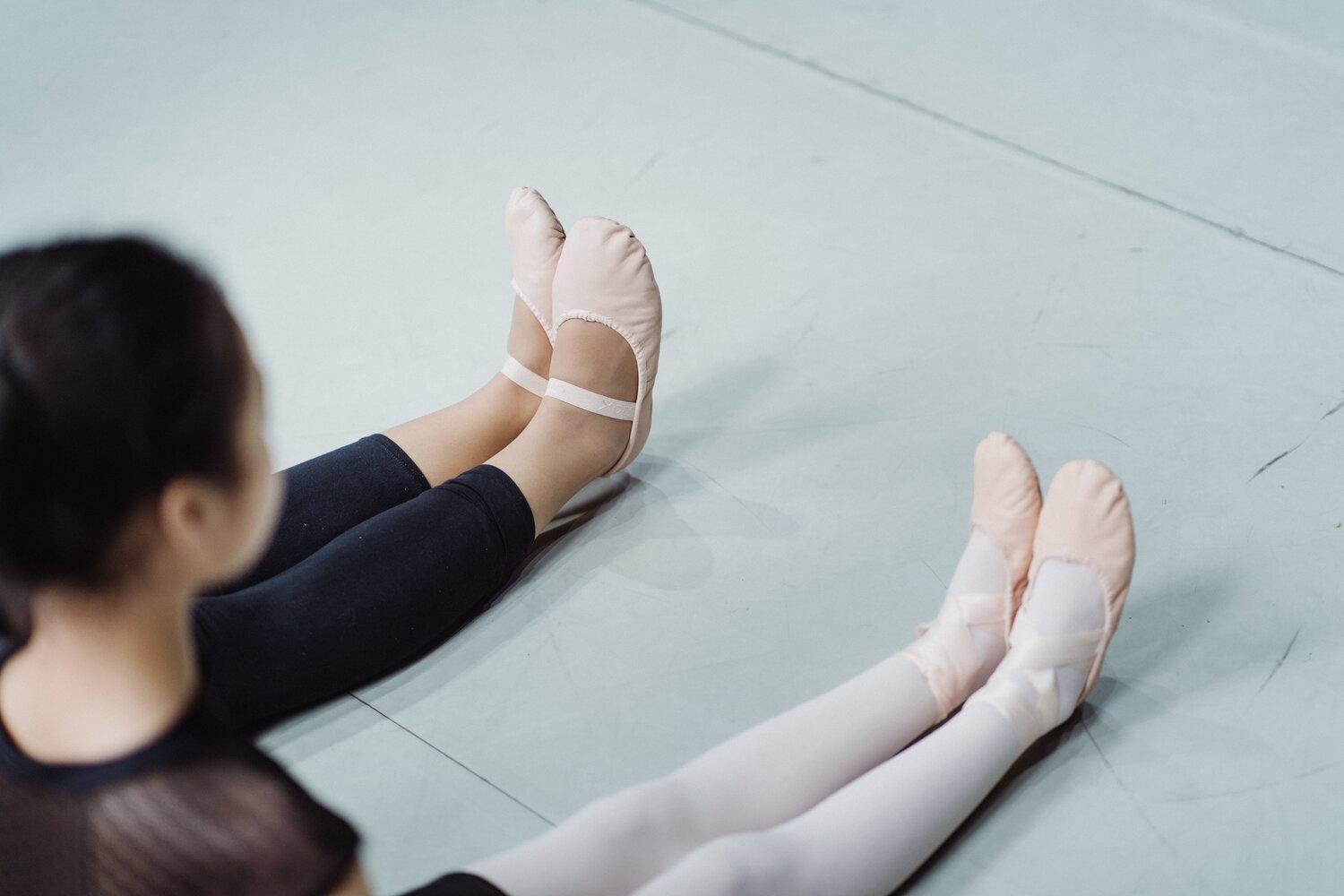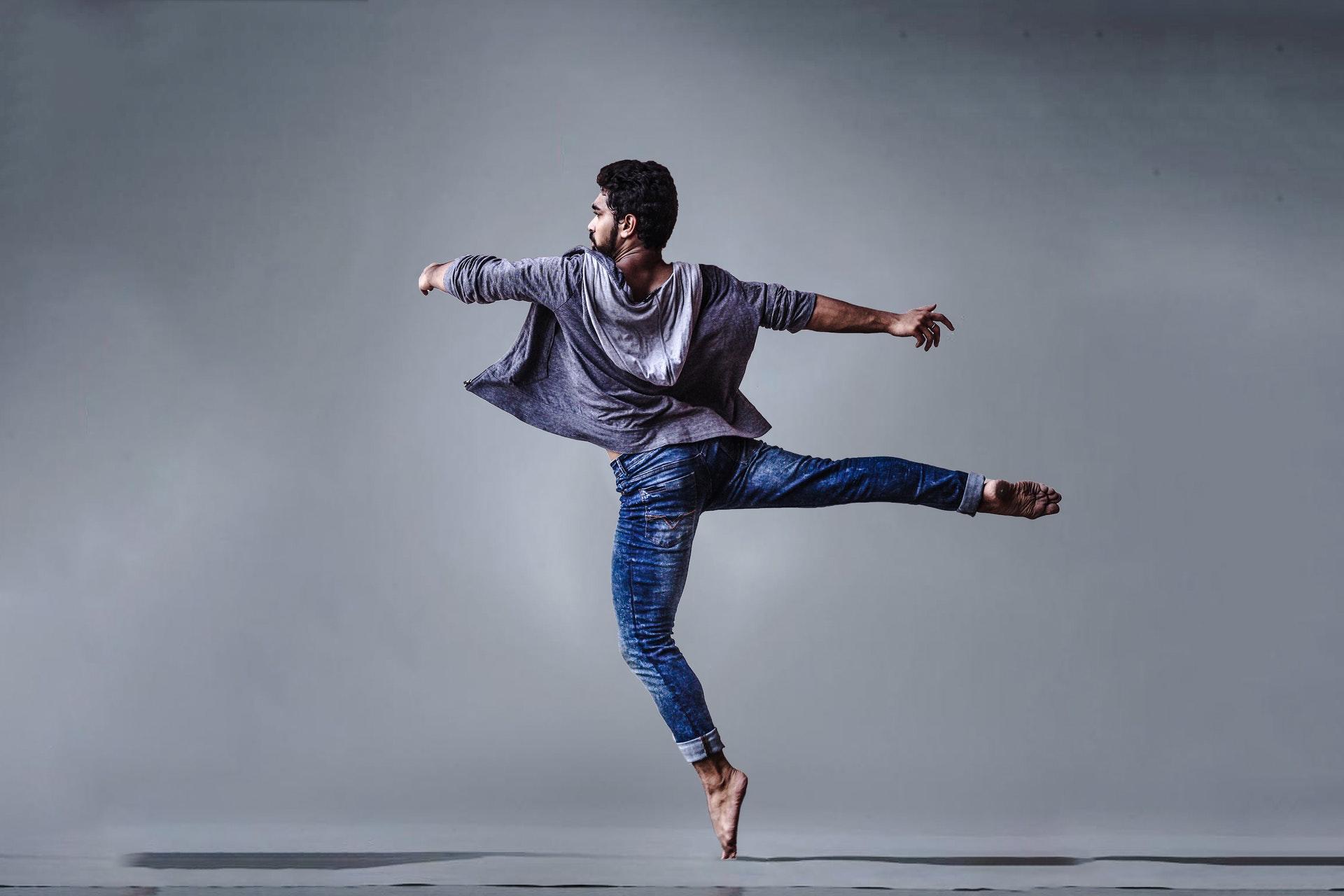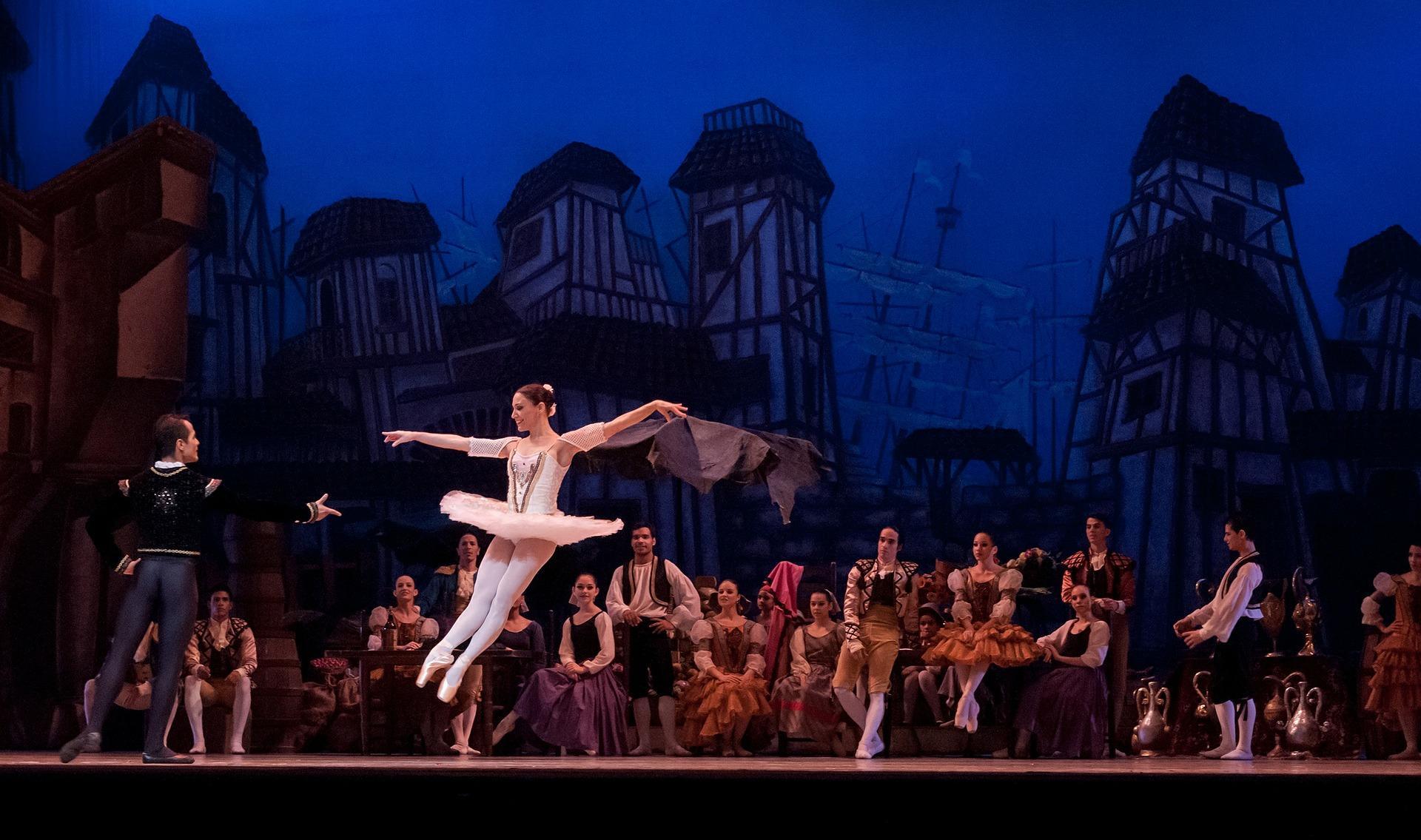Dancing is a series of steps and movements that matches the speed and rhythm of a song. It has always been a part of human culture and is used in different countries and cultures as entertainment and art.
Now as technology continues to bring people and cultures closer to each other, choreographers and dancers have also put in the work to take creativity to the next level, so every day, you can find people enjoying different forms of dance, both old and new and if you are passionate about dancing you need the correct information to keep up with this trend and join the fun.
So without further ado, this guide discusses five popular types of dance you can learn, enjoy and even become a professional.

Ballet Dancing
Ballet dance has existed for centuries; it was used to grace occasions and entertain noblemen and women in lavish events, especially during wedding ceremonies. Dance is a unique form of art subdivided into different forms, and it originally started in the Italian Renaissance courts of the 15th century.
Early choreographers and dancing masters taught the dance to nobles, and the court participated in the performances.

Ballet is used as the foundation for other forms of dance; it is rigorous and referred to as the most difficult dance to master, but with modern technology and flexibility in cultures, people who are passionate about dancing can now freely learn and dance ballet; it is not just reserved for certain people and events anymore.
These days there are many ballet dance competitions where people train for months and perform on stage for an audience then the best group or individual will be selected for an award. These new activities for ballet dancing make the dance form more popular, exciting, and challenging.
Types of Ballet Dance
Ballet started as one dance form, but over the years, it evolved into different beautiful subgenres, so here are the various types of ballet dance.
- Romantic ballet
- Contemporary ballet dance
- Neoclassical ballet dance
- Classical ballet dance
- Balanchine method, American style
- Bournonville method, Danish style
- Cecchetti method, Italian style
- Modern codified technique, French method
Jazz Dancing
Jazz is very popular among Canadian dancers; it started with the 19th - 20th-century stage dance, white ballroom offshoot, and traditional black social dances.
Some Minstrel performers first performed it in the 19th century as a combination of tap dance, Irish jigging, African rhythmic stamping, and English clog dancing. Then, other dancers were introduced to it, and today the dance is widespread across Canada and other countries worldwide.
In this modern day, jazz is performed in different events and shows because it is more casual than ballet and easier to learn. Jazz combines all energetic dance forms without conventional boundaries, which is why it is as popular as today, especially among young people.
However, jazz dance is not performed to random music; it is reserved for certain types of music, including boogie, disco, ragtime, etc.
Types of Jazz Dance
Like ballet dance, jazz dance has evolved. It now has different subgenres, which allows for more flexibility and creativity, so even as a beginner, you will find a jazz dance style that will suit yoru dancing pace and expertise. The various types of jazz dance styles are listed below.
- Afro jazz
- Charleston
- Cakewalk
- Latino-jazz
- Jazz-pop
- Broadway jazz
- Commercial jazz
- Contemporary jazz

Ballroom Dancing
Ballroom dance is a social dance form for couples that originated in the 16th century in France, but today, the dance is popular in the US and Europe. It can be performed to slow, calm songs following some prescribed steps; the dance shows a high level of class and elegance and is always a beautiful sight to behold. Learn more!

Ballroom tradition was initially distinguished from folk dance because it is often associated with the elite social classes and nobles and is always performed in an invitational dance event. So even though it is practiced in many countries now, it is not as common as other forms of dance because it is reserved for special occasions and cannot be performed randomly.
Types of Ballroom Dance
Ballroom dance may be seen as a restricted dance style and is often performed following the same steps. Still, it is vast and has up to 19 subgenres, so if you learn this dance form, you will have many options to explore, and whether you are a seasoned dancer or a beginner, you will always find your spot in a ballroom.
Here are some of the ballroom dances that are well-known and practiced in Canada and other countries.
- Samba (Latin)
- Jive (Latin)
- Cha cha (Latin)
- Paso doble (Latin)
- Rumba (Latin)
- Foxtrot (smooth)
- Waltz (soft)
- Viennese (smooth)
- Tango (smooth)
- Waltz (ballroom)
- Quickstep (ballroom)
- Viennese (ballroom)
- Tango (ballroom)
- Foxtrot (ballroom)
- Bolero (rhythm)
- Mambo (rhythm)
- Cha cha (rhythm)
- Swing (rhythm)
- Rumba (rhythm)
Tap Dancing
Tap dance is commonly referred to as musical feet; it is the dance form that uses the sound of tap shoes striking the floor; dancers use their feet as percussive instruments to create beautiful sounds. The dance is performed using specially designed shoes with percussive metal plates on the toes and heels called tap, and shoes are commonly called tap shoes.
Tap dance is excellent for promoting rhythm in dancers since it involves using their feet as musical instruments, and the dance often focuses on formations and choreography.
In Canada, tap dancing is performed in shows and musical theatre, and due to the unique characteristics of the dance, it requires a crisp, hollow sound to accentuate the performance.
Also, it cannot be done on any floor; it needs a specially designed base, usually a Harlequin Fiesta or a layover sprung flooring system like the Harlequin Liberty floor. These unique flooring systems help to protect the dancer's joints and enhance safety during a performance.
Types of Tap Dance
There are many forms and styles of tap dance; some are performed by kids, while others are best for adults; however, the two most common types are Broadway and Rhythm tap dance.
Broadway tap dance has more movements and dance steps, while rhythmic tap dance is more musically oriented. Some other types of tap dancing are classical and funk tap dancing which is common among kids because they are easier to learn.
Hip Hop Dancing
The hip-hop dance style started in the late 1960s and early 1970s; it was initially inspired by specific movements of some African dance forms and promoted as a new style of dancing usually performed on the street for entertainment and competitions.

This dance is one of the most unique and exciting forms performed on the streets of hip-hop music. It is done for various reasons but is usually a pure display of creativity.
The hip hop dance combines different aspects of modern dance, swing, and tap, integrating complex movements and music to form artistry. However, the hip-hop dance of today now involves various choreography and various points of improvisation and freestyling, especially during dance battles and competitions.
Some characteristics of hip-hop dancing include the reflection of the dancer's attitude, high energy for quick-paced movements, versatility for diverse range movements, and complex footwork without boundaries.
Types of Hip-Hop Dance
Hip-hop dance offers the most freedom because it allows for freestyling, and the dancers can interpret the dance in any way that pleases them, leading to new forms of creative ideas and innovations.
So today, many dancers can come up with any dance style that suits the rhythm of hip-hop songs and will be accepted. So here are some of the popular types of hip-hop dance
- B-boying (Breakdancing)
- Funk
- Locking and dancing
- Liquid dance
- Up rock
- Reggae
- Stepping
- Boogaloo
- Lyrical
Learn to Dance at Your Own Pace
There are several forms of dance in Canada, from modern to traditional. So if you are passionate about dancing, you must learn some of them to enjoy a great social life and fully participate in Canada's unique and diverse cultures.
Another good reason to learn dancing is that you can become a professional dancer and choreographer in Canada, earn good money, and build a brand for yourself.
However, one fantastic thing about learning to dance in Canada is that there are numerous platforms to learn from, and you can learn at your own pace. If you are wondering how Superprof is the answer you seek.
The platform offers a unique opportunity to learn dance from your preferred dance coach, schedule your lessons, and learn from the comfort of your home.
Dance is an art form highly appreciated in Canada, so there is no downside to learning how to dance. Instead, it offers many benefits, including physical and health benefits, and it can be a good career choice if you desire to do more with your dancing skills.
Aside from dancing professionally, it is a great way to unwind and enjoy happy moments with friends and family. So if you have always wanted to dance, consider learning any or all of the above-listed dance forms, and you will be grateful you did.
























